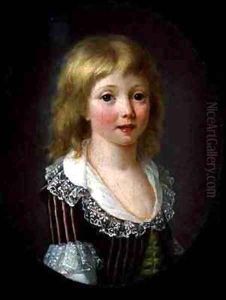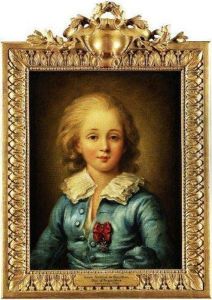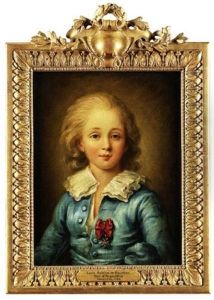Anne Rosalie Filleul Paintings
Anne Rosalie Filleul, born in 1752, was a French painter during the late 18th century. She was known for her portraits and miniatures, which were highly regarded during her time. Filleul was born into a family with artistic connections, which provided her with an environment conducive to her development as an artist. Her mother was a milliner for the French court, which offered Filleul an opportunity to come into contact with influential figures of her time.
Filleul received her artistic training from the accomplished French portraitist, Maurice Quentin de La Tour, who was renowned for his pastel portraits. Under his mentorship, Filleul honed her skills and developed a delicate and refined style that characterized her work. She became particularly adept at capturing the likeness and character of her sitters through the medium of pastel, which was popular during the Rococo period for its soft effects and vibrant colors.
Her marriage to the publisher and politician Antoine François Sergent, who later added 'Marceau' to his name during the French Revolution, brought her further into the circles of power and influence. This facilitated her career as she gained commissions from members of the aristocracy, including Madame Élisabeth, the sister of King Louis XVI.
Filleul's career, however, was dramatically affected by the French Revolution. Despite her connections with prominent revolutionary figures, including her husband who was an active participant in the Revolution, Filleul was not spared from its excesses. In 1794, she was arrested and subsequently executed during the Reign of Terror, a victim of the revolutionary fervor that swept through France at the time. Rosalie Filleul's life and career were tragically cut short, and her works are a testament to her talent as an artist in pre-revolutionary France.


